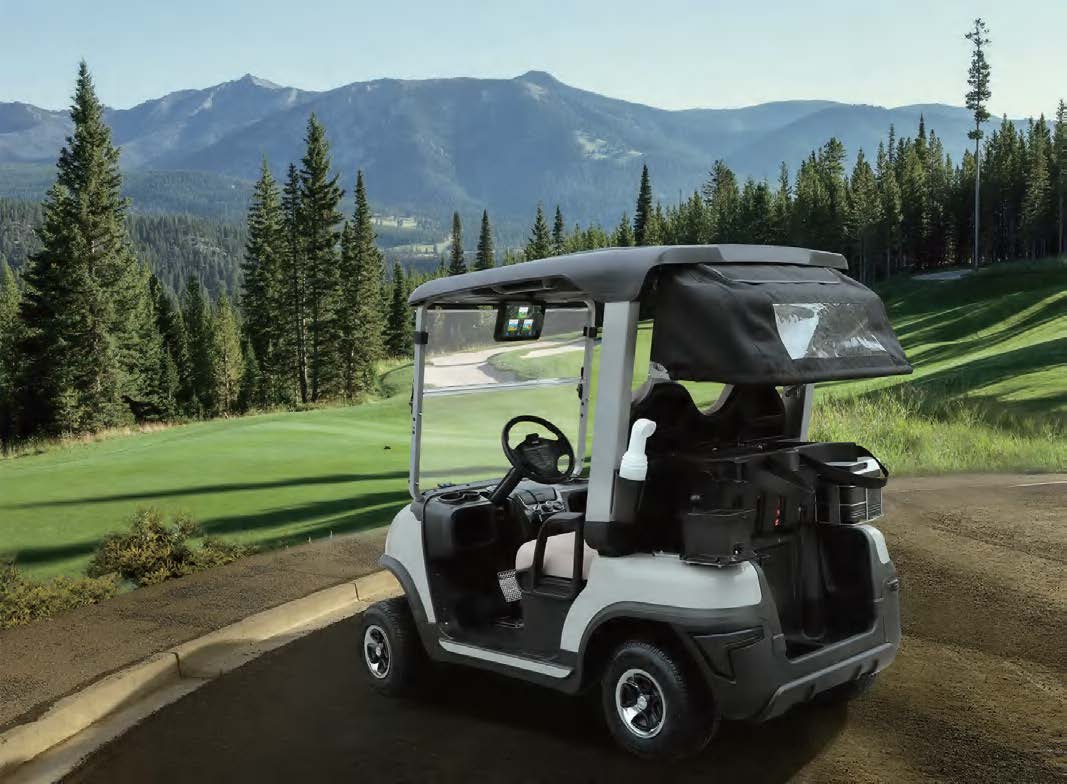-
Shopping Tools
-
Care & Maintenance
-
About
-
Dealer Login

A GPS-equipped golf trolley sharpens club choice, speeds decisions, and cuts guesswork on new courses—yet the upgrade won’t suit every golfer or budget.
A GPS trolley integrates course mapping and distance data directly into the handle console or a built-in screen. At a glance you’ll see front/center/back yardages, hazards, doglegs, lay-up points, and sometimes pin-placement tools or score tracking. The biggest advantage is immediacy: instead of pulling out a phone, watch, or rangefinder, the numbers are right where your hands already are.
No pockets, no fiddling. Distances, hole maps, and quick-select targets live on the trolley screen, so you can stay in your pre-shot routine. For players who ride or push, this replaces a separate device and keeps your hands free for clubs and alignment.
Seeing the whole hole—carry lines, lay-up zones, and trouble—is invaluable on unfamiliar courses. A bird’s-eye map helps you choose conservative or aggressive lines without walking ahead or guessing over blind ridges.
With instant yardages to hazards and preferred landing areas, you’re more likely to choose the right club and swing with commitment. Over a round, that usually means fewer mistakes, better lag putting from sensible leave positions, and stronger pace of play.
Many golfers combine a watch or trolley GPS for context with a laser for precise flag numbers. If budget allows, this hybrid setup covers every decision without slowing play.
Yes, for many golfers. If you value integrated, always-visible data and full-hole mapping—especially on new courses—a GPS trolley can save strokes and time. If you’re a minimalist or already love your watch/laser combo, the cost and battery overhead may outweigh the gains. Try one for a round: if you make faster, more confident decisions with fewer detours, it’s likely worth the upgrade.
Modern electric carts and trolleys increasingly bundle guidance, scoring, and hazard mapping. Explore options at tara golf carts—systems featuring an integrated Tara GPS experience bring precise yardages and intuitive hole visuals to your hands. If you often play new layouts, the ability to see the entire hole and tap-to-target simplifies club selection, improves course management, and keeps pace brisk. A thoughtful setup and a disciplined routine ensure you get the strategic benefits without screen-time distractions.
